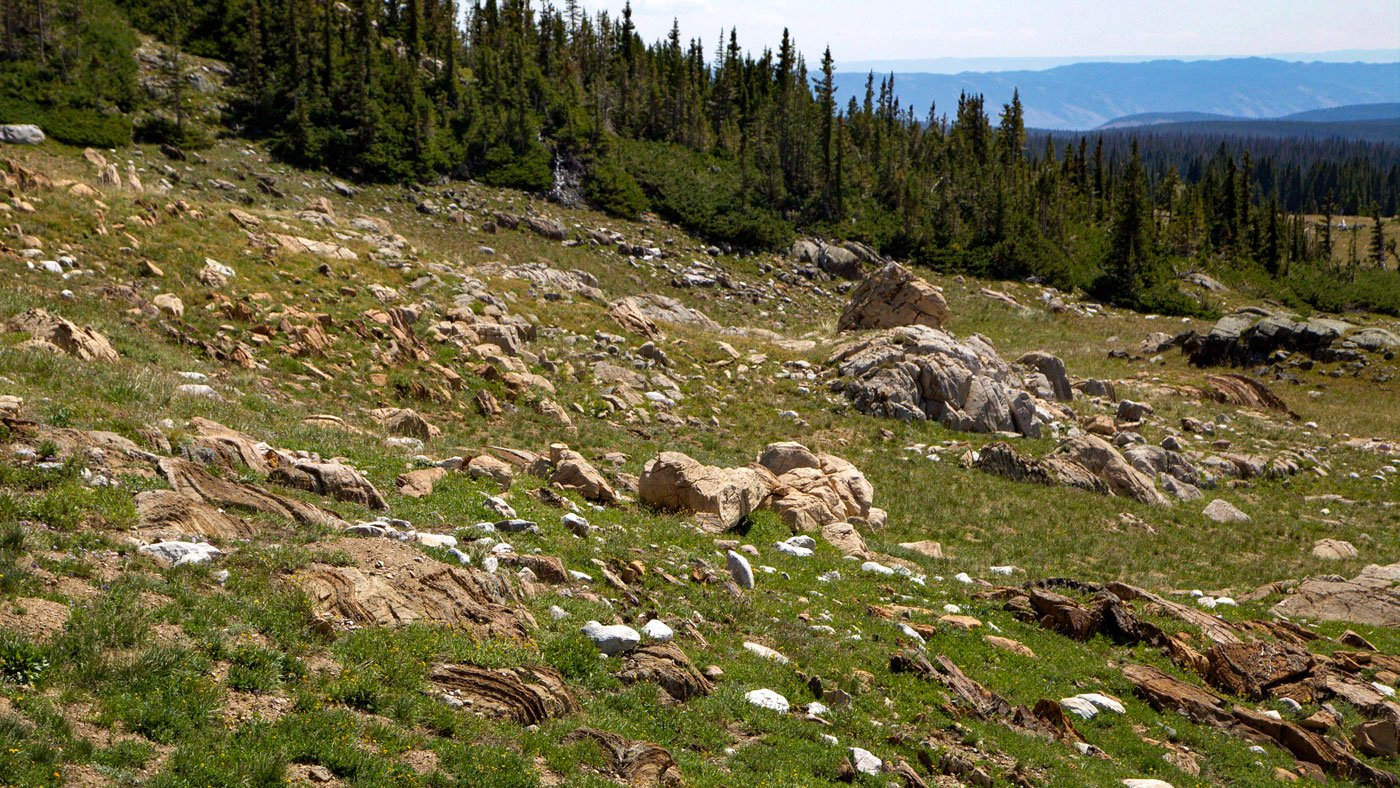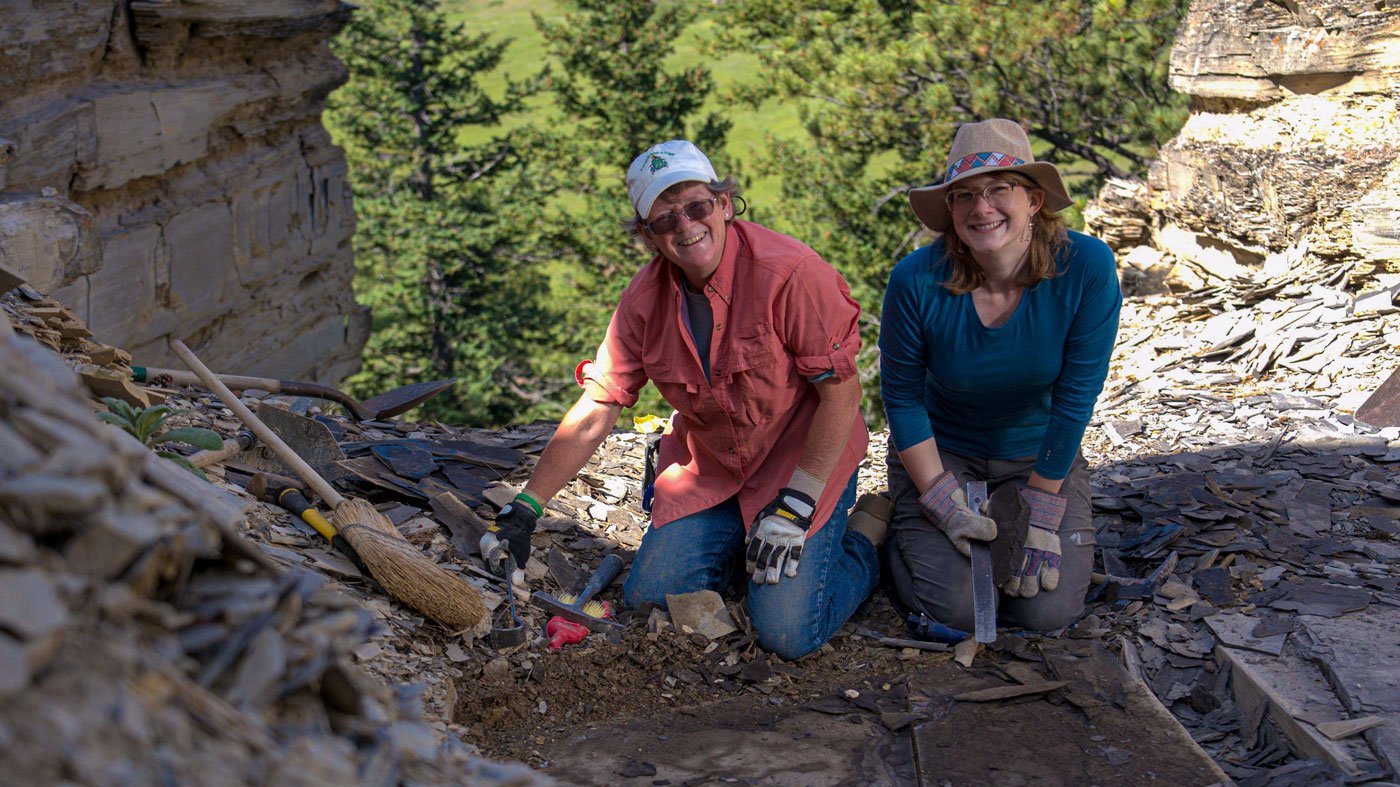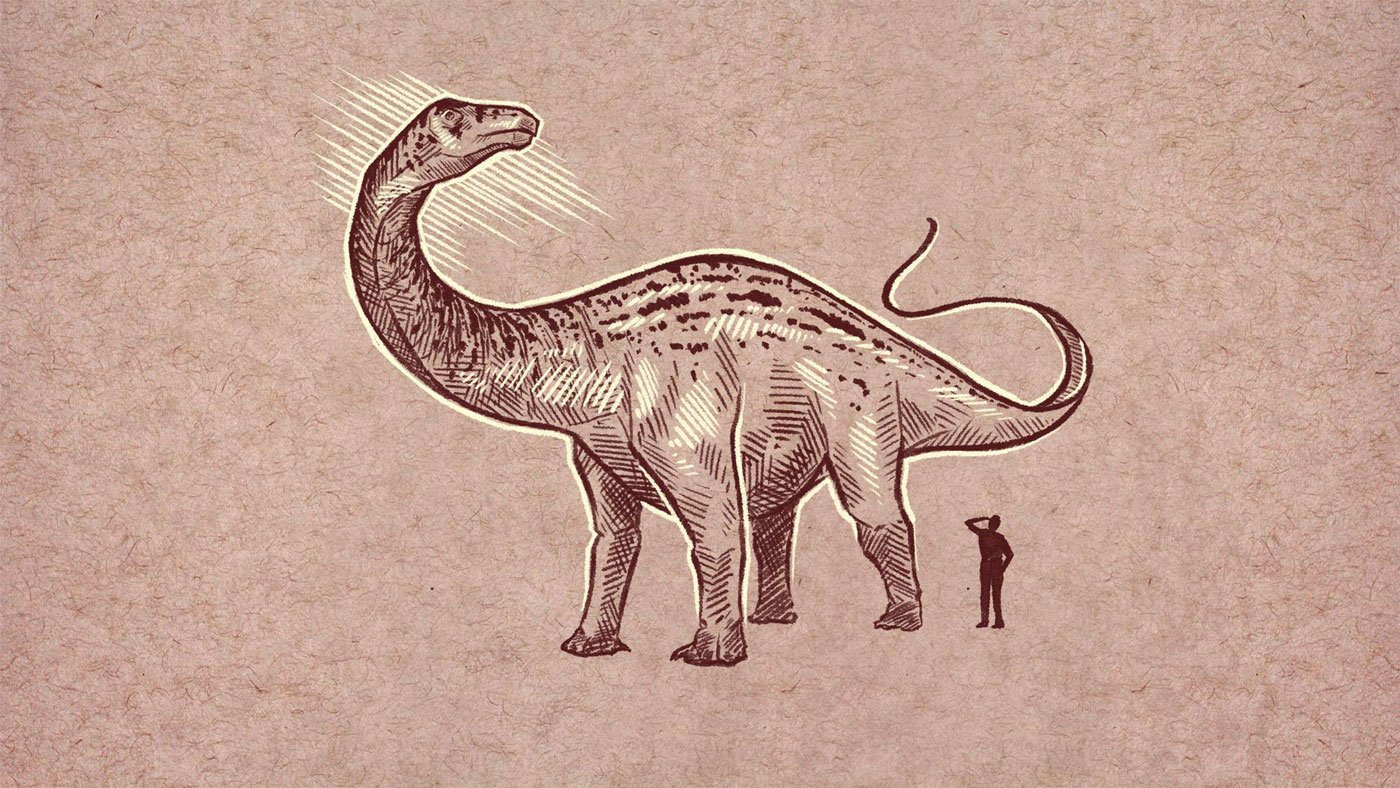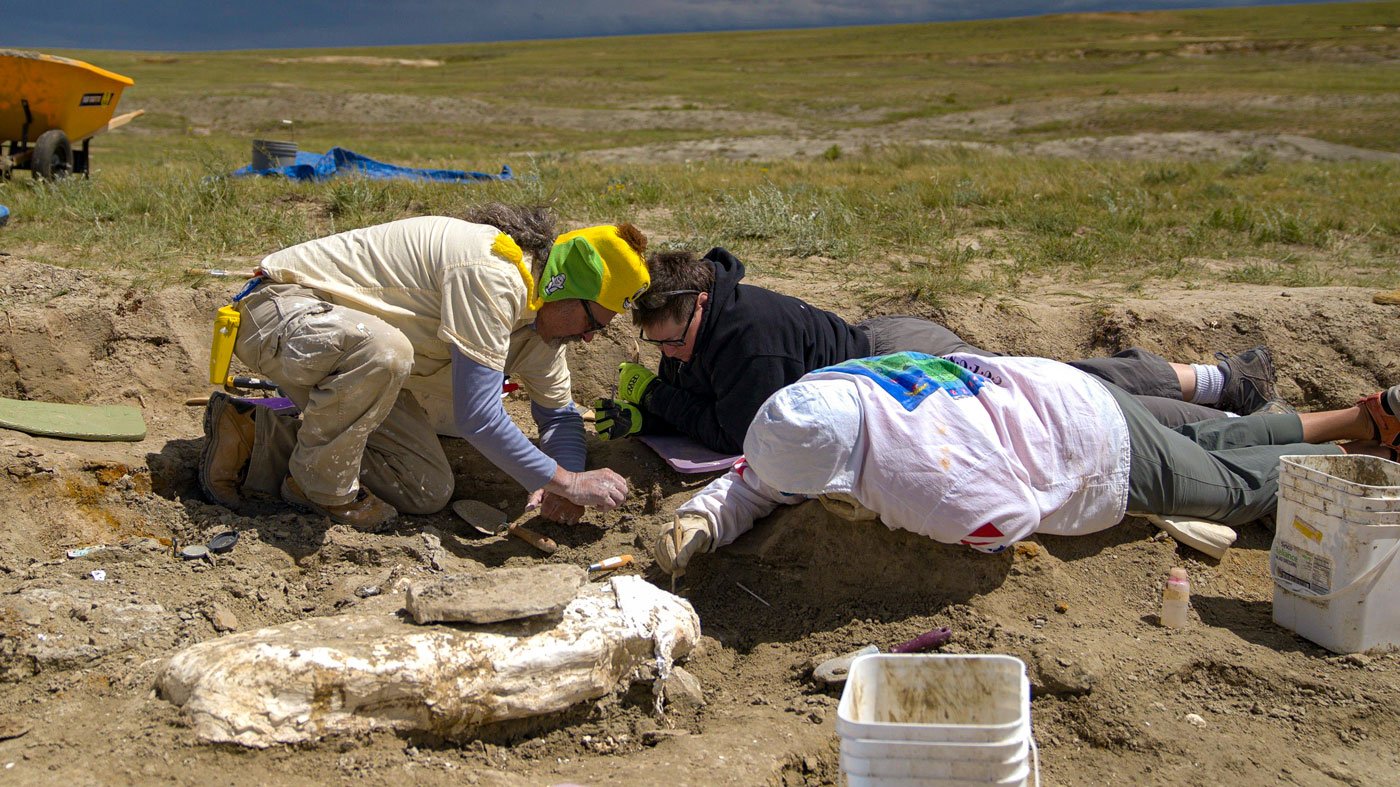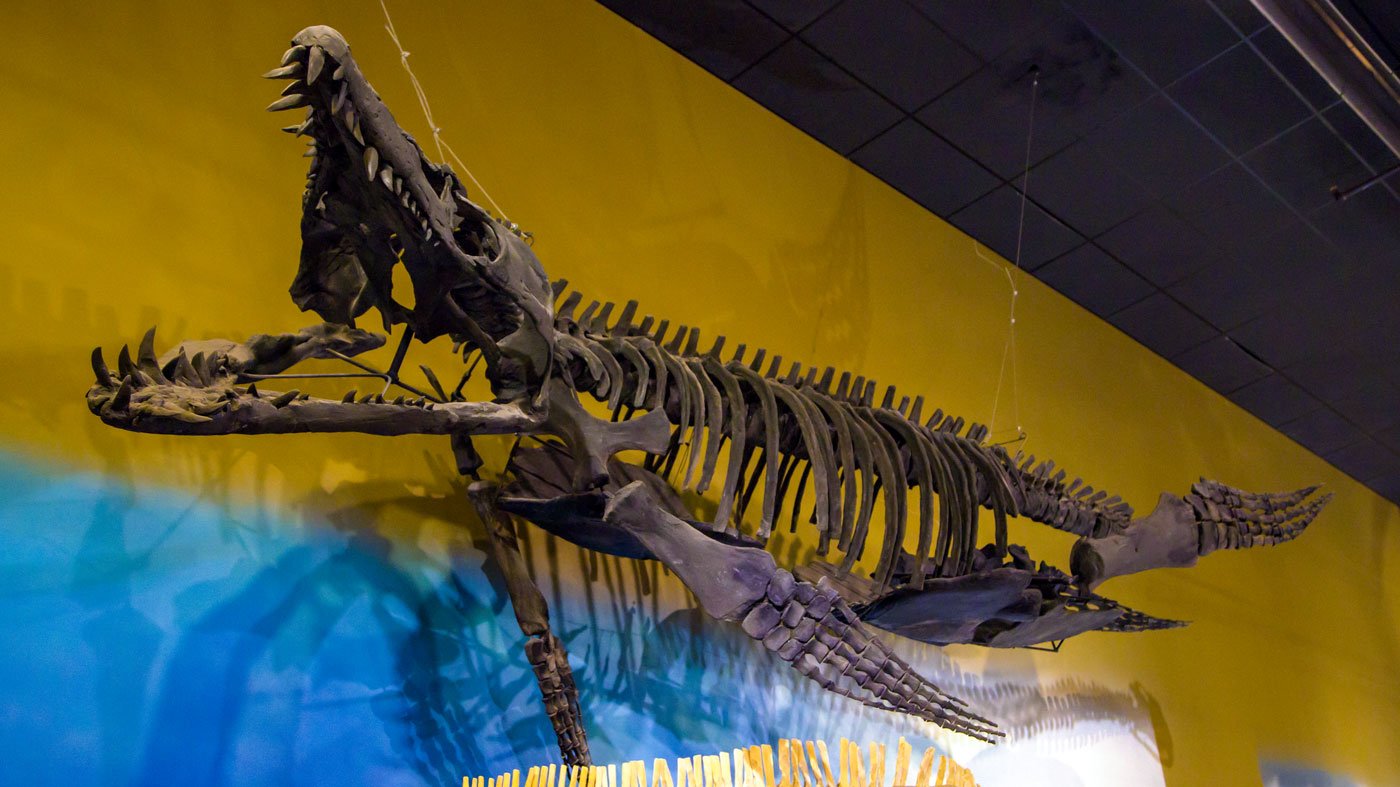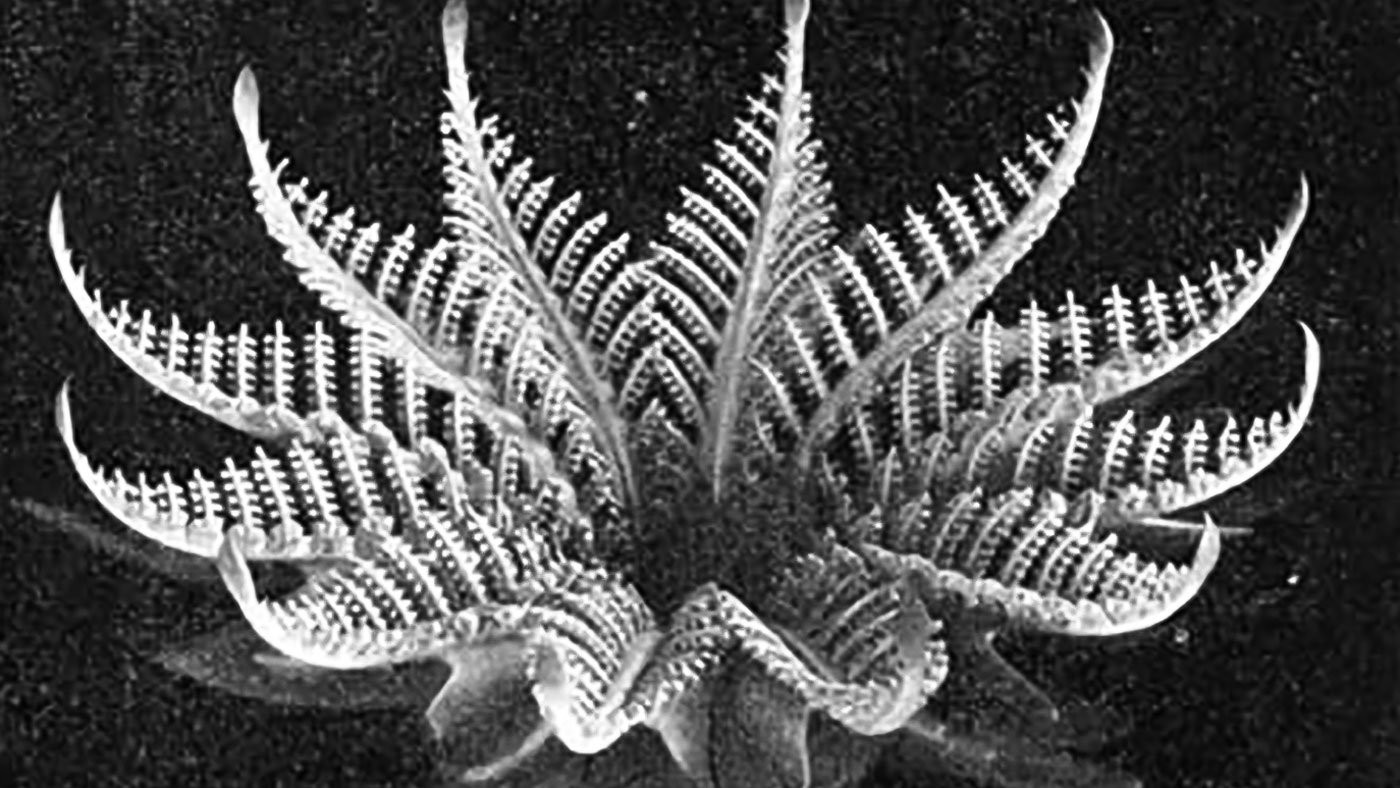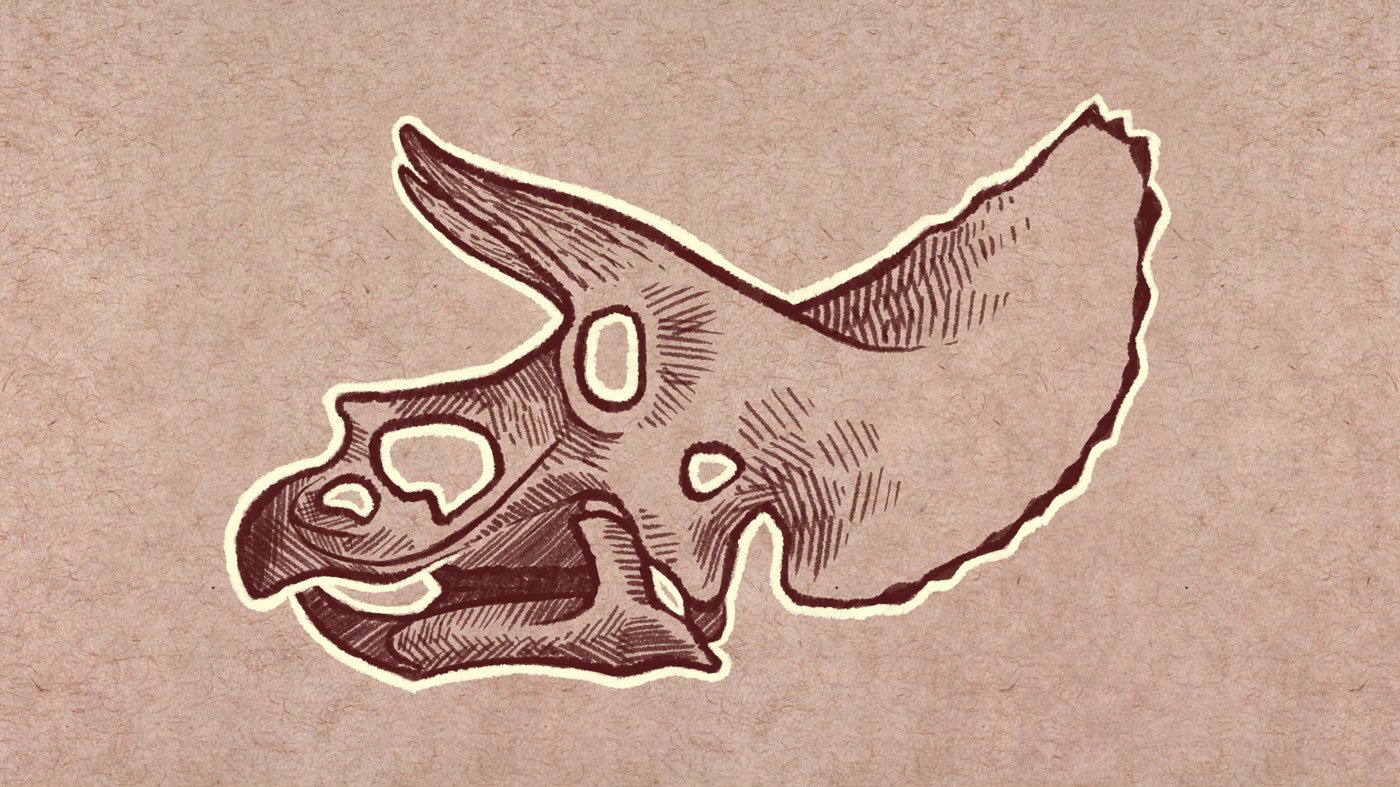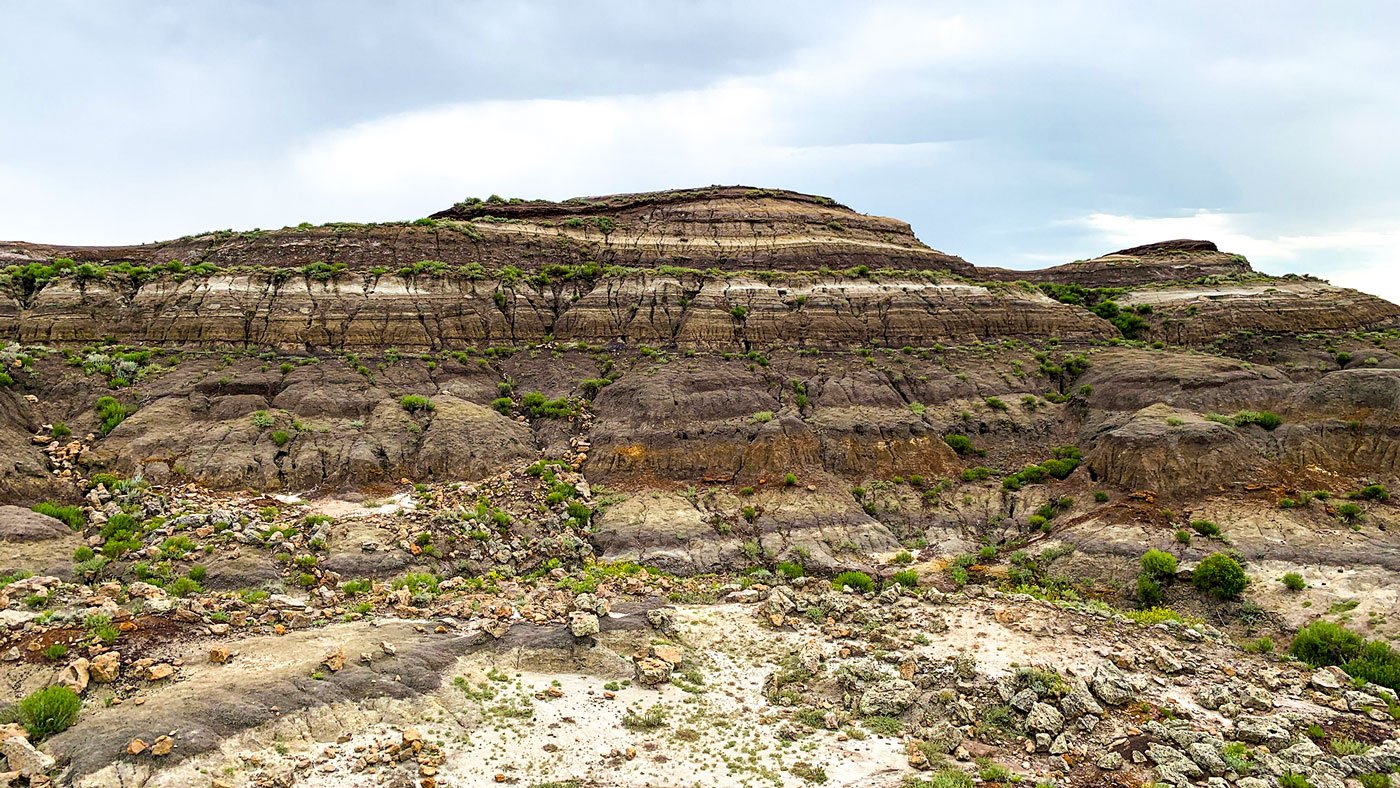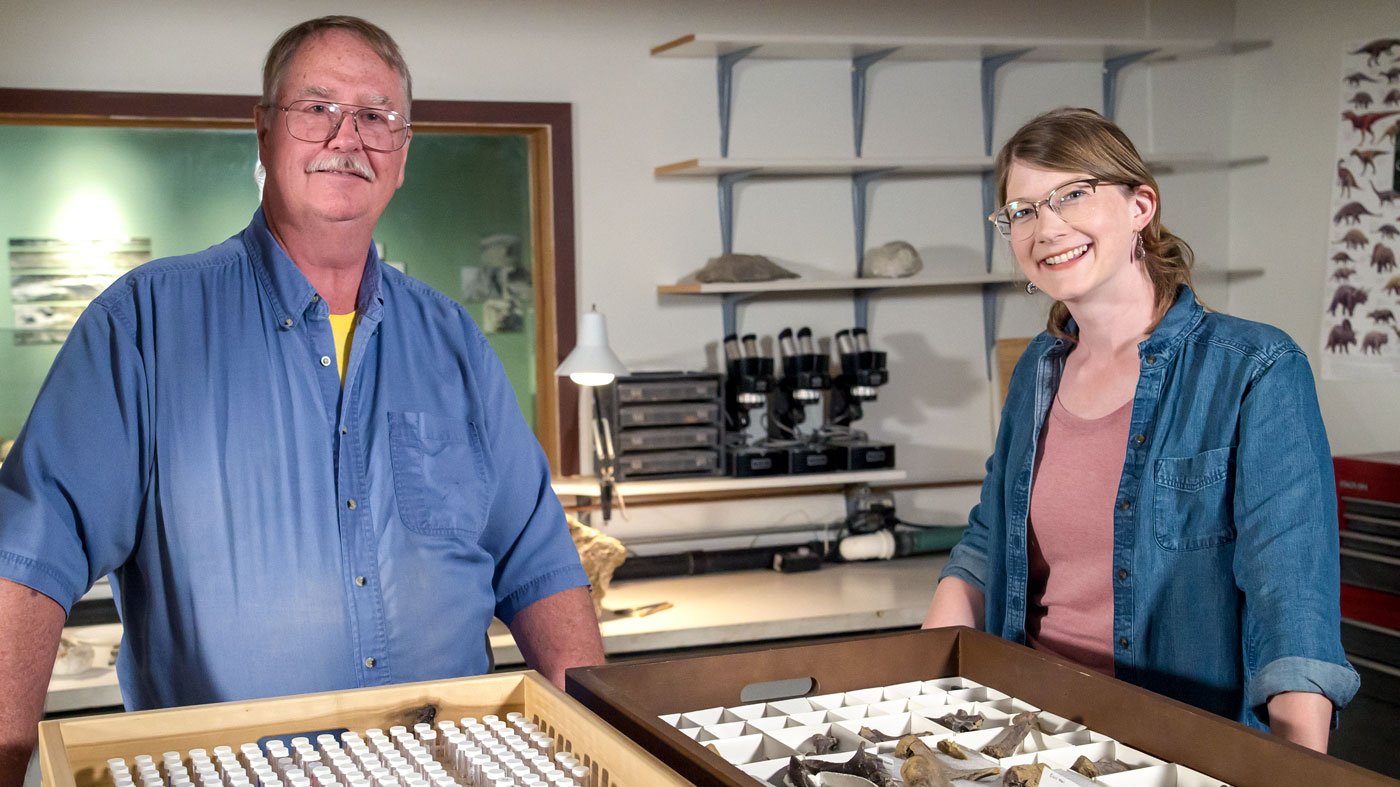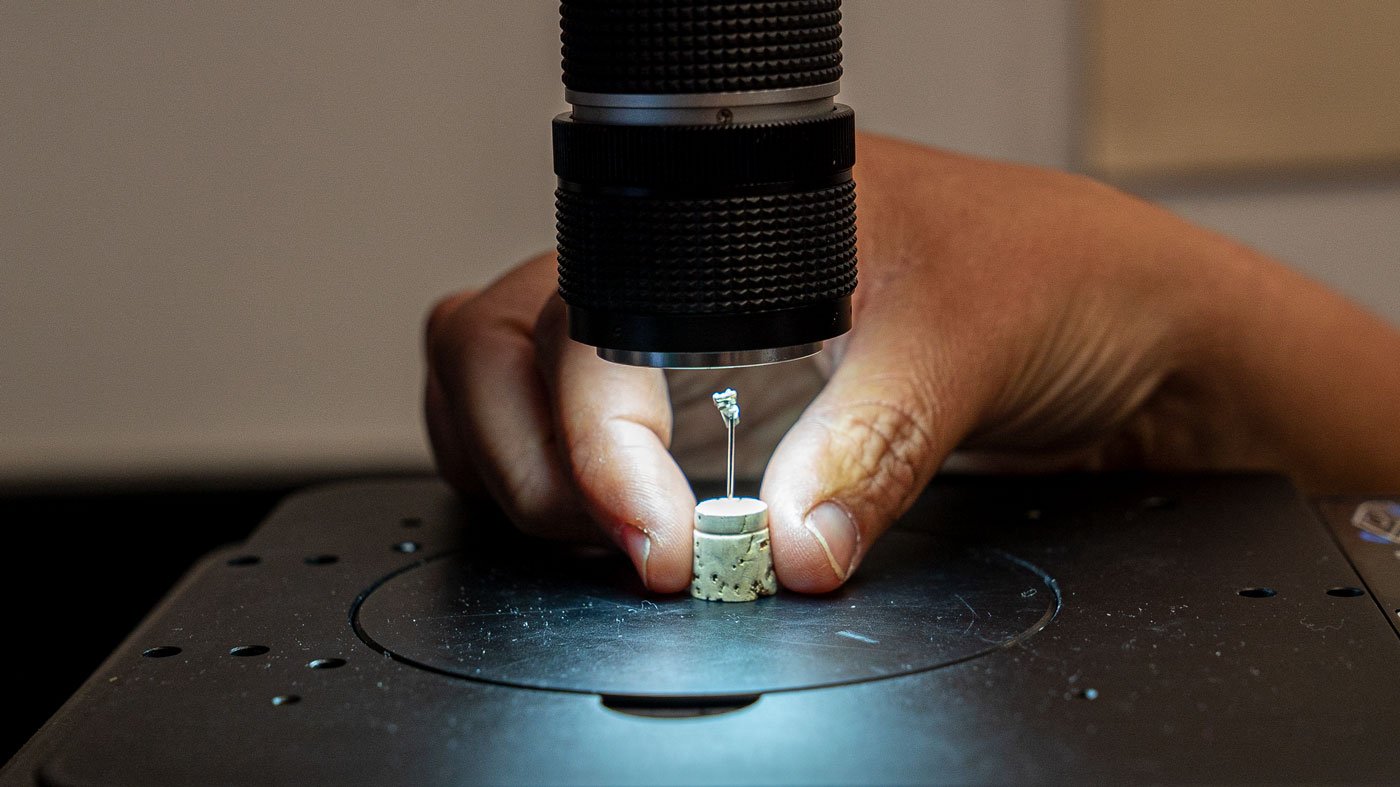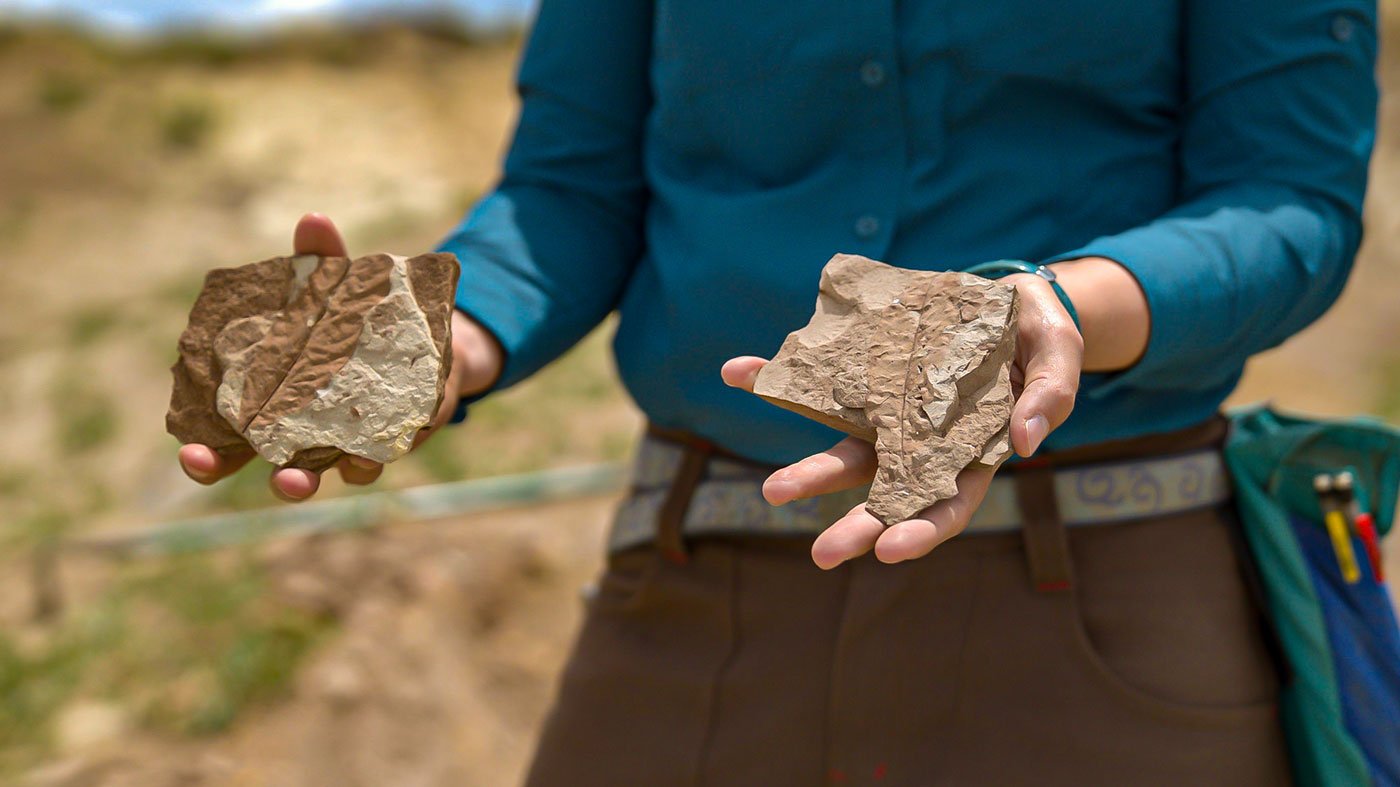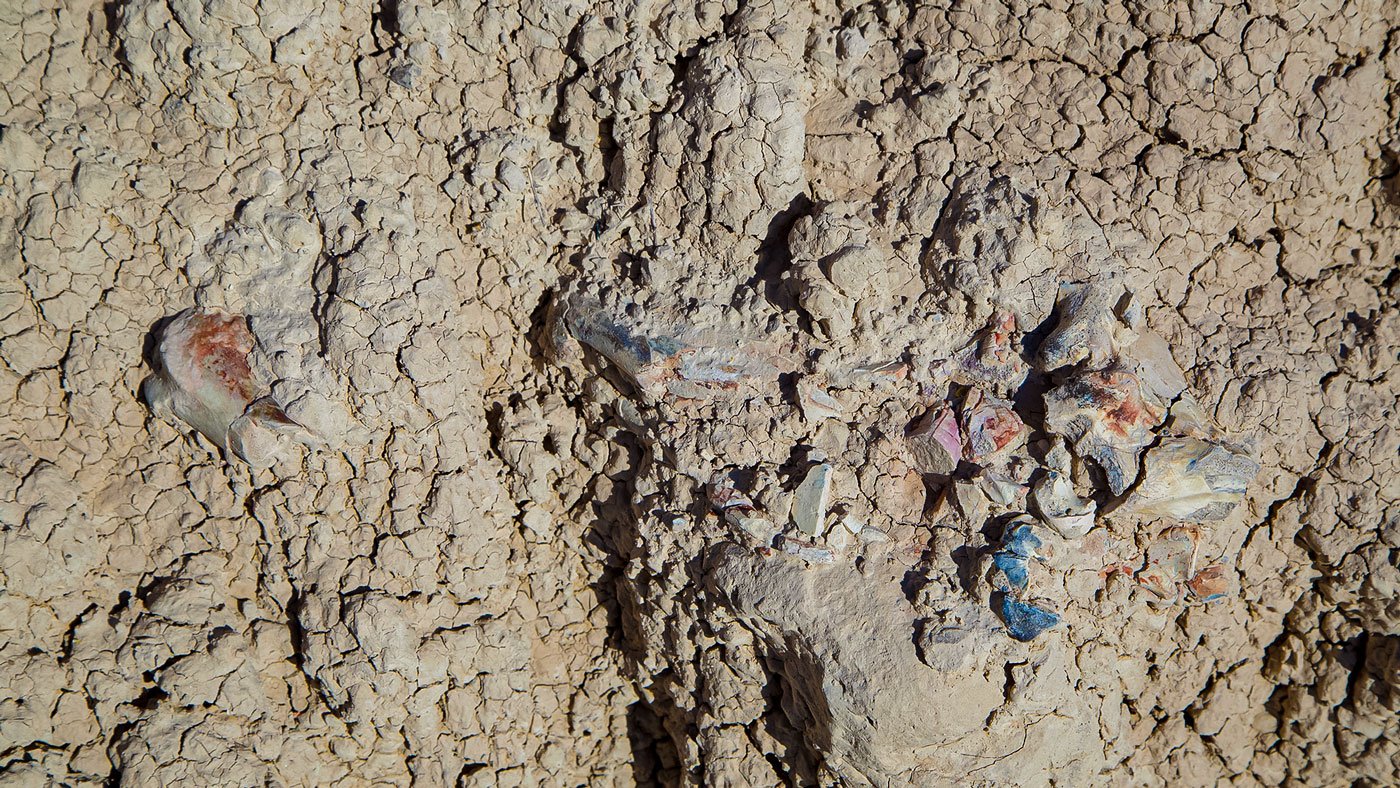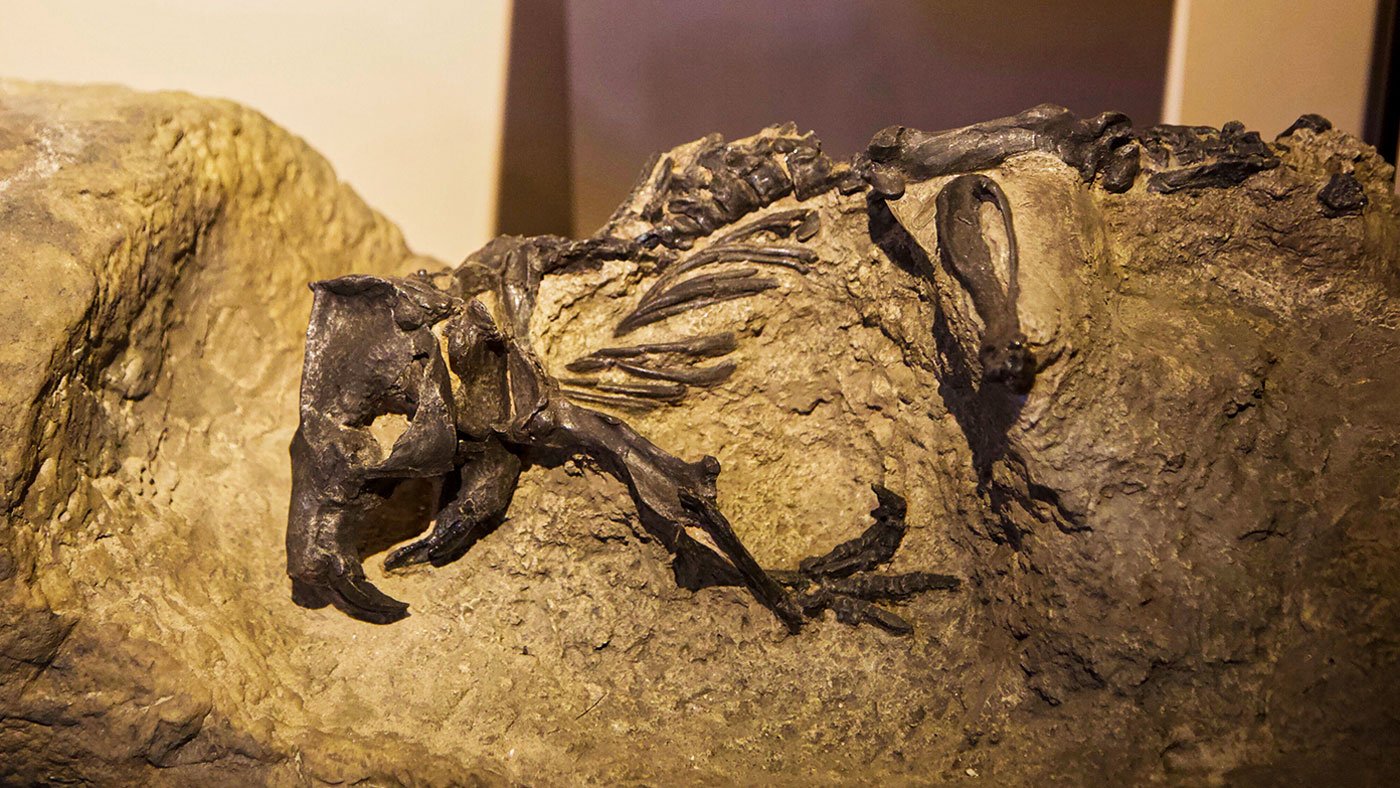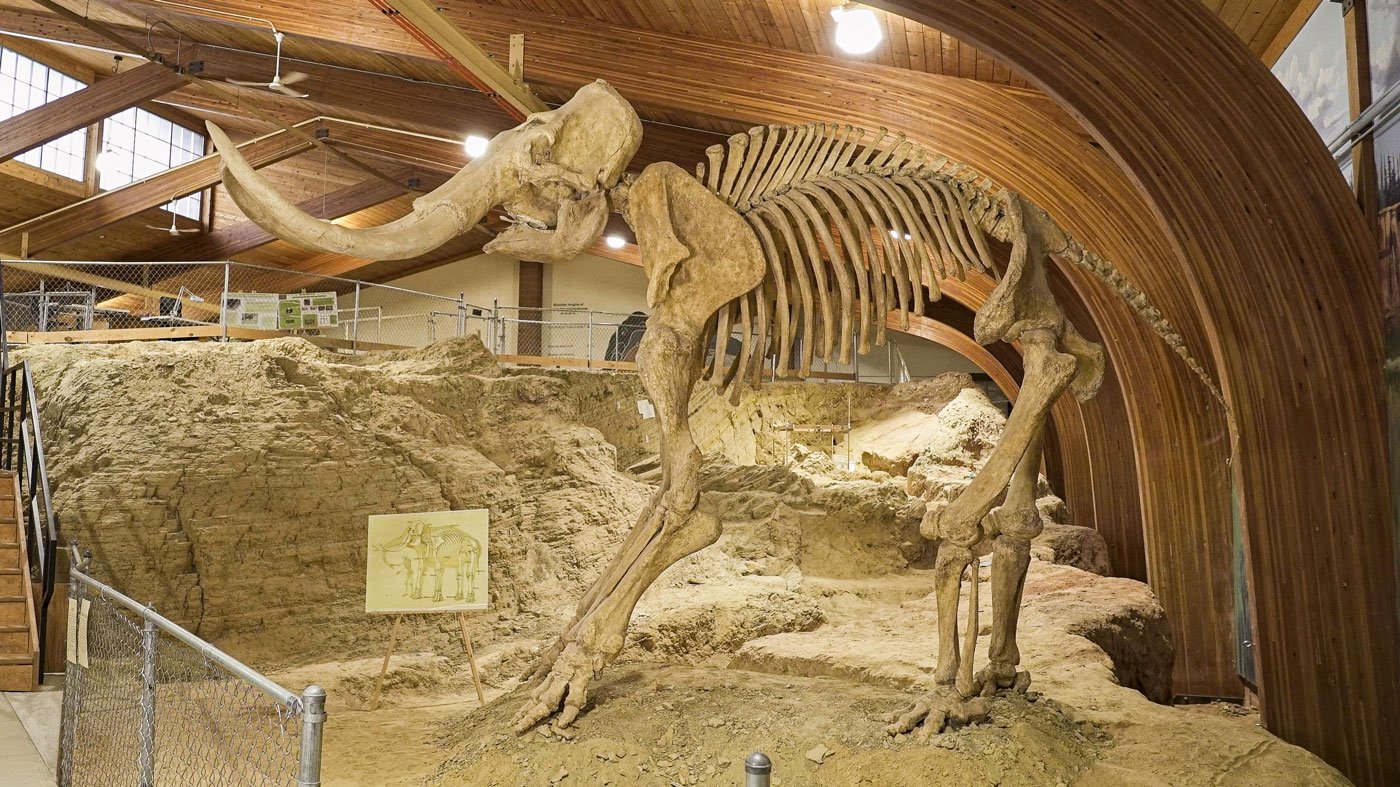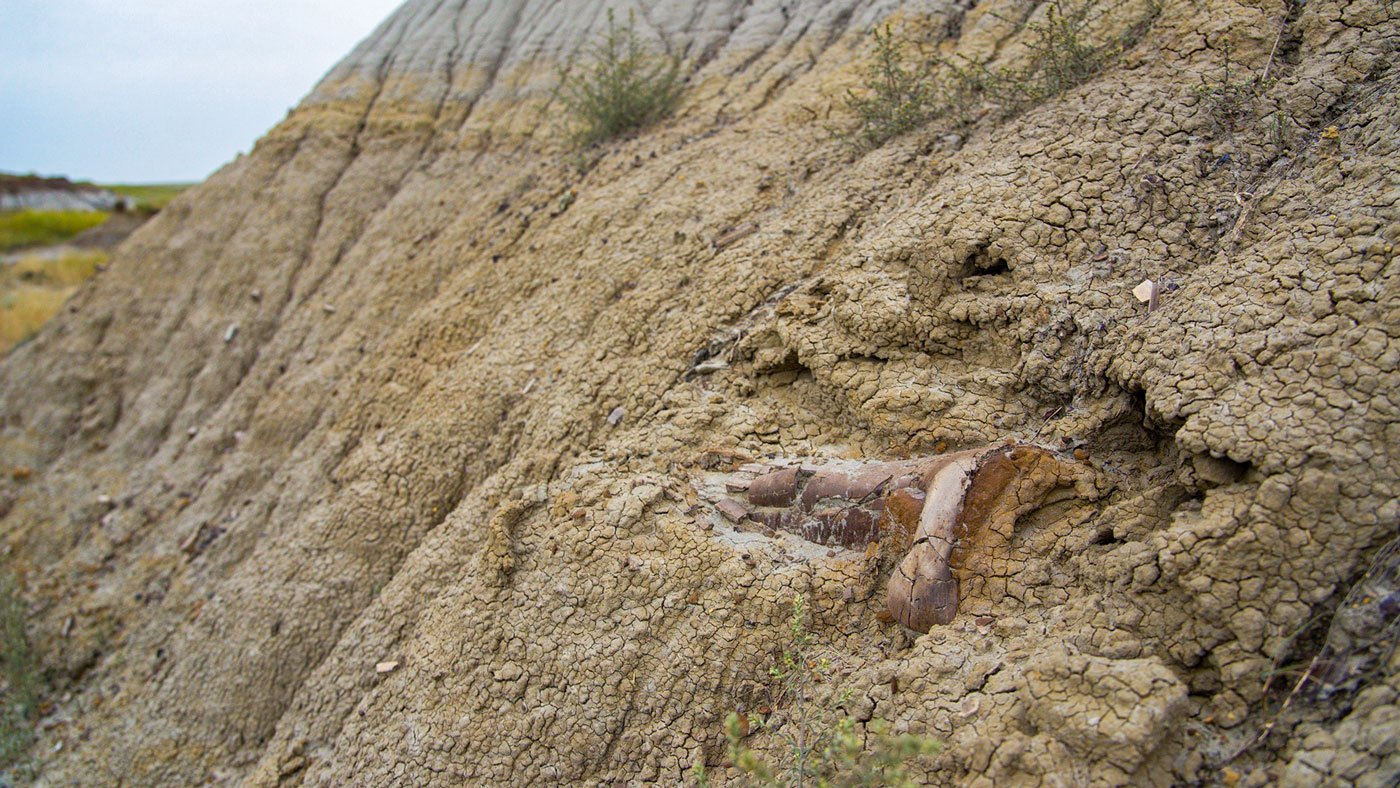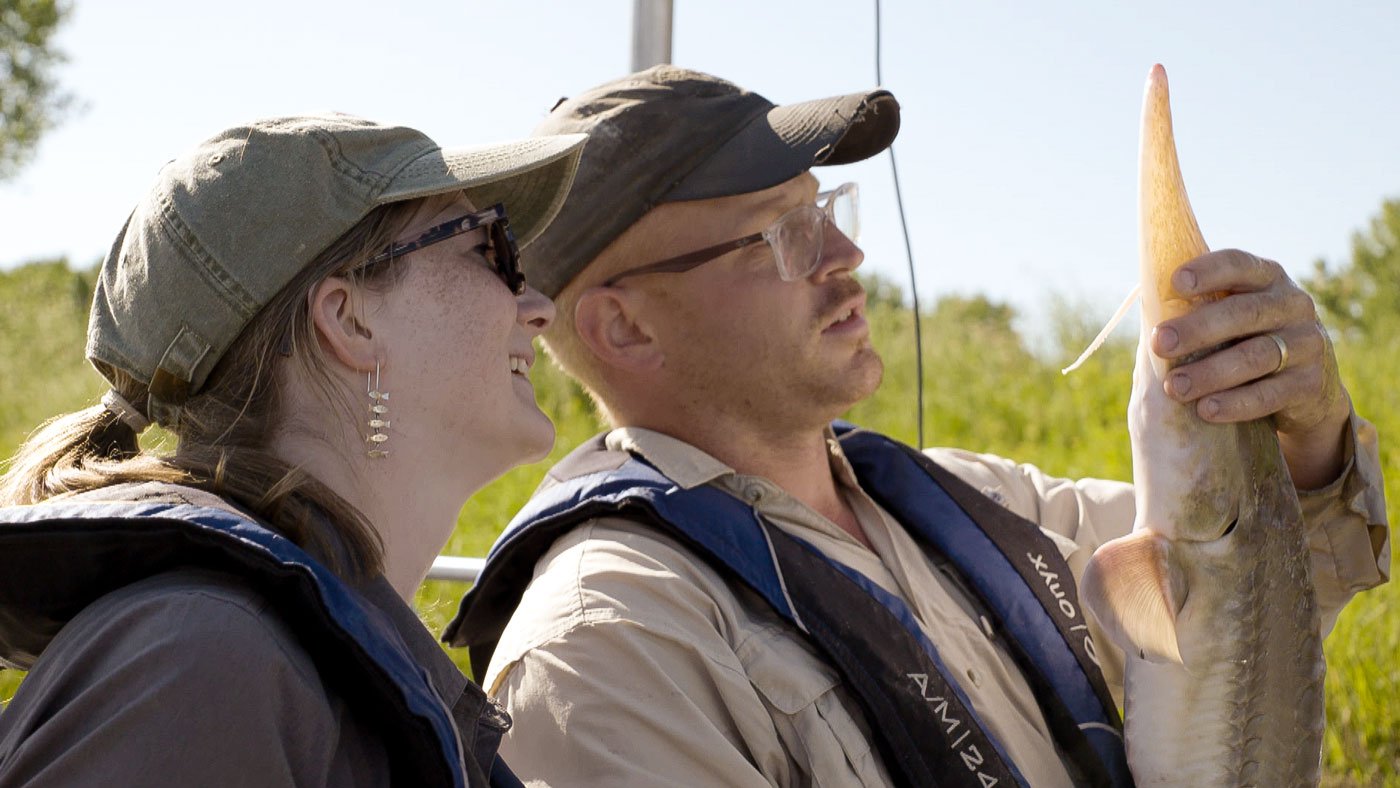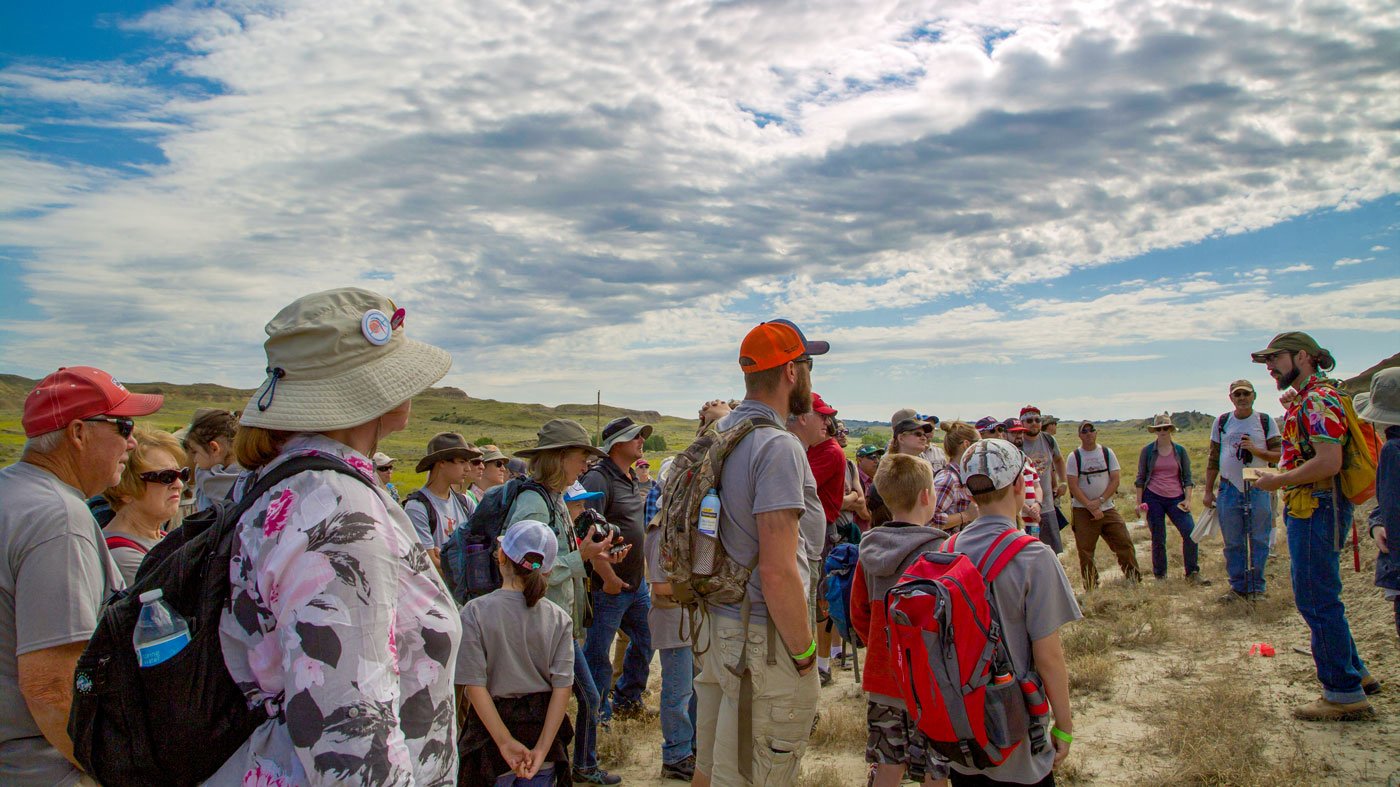Stops | Prehistoric Road Trip
Stops
Take the journey through time and explore the stops along our Prehistoric Road Trip.
Precambrian Era
4.6 billion - 541 million years ago
Breathe Oxygen? Thank Stromatolites.
Precambrian era, 2.1 billion years ago
They might not look as exciting as a T. rex, but the dinosaurs can’t compete with stromatolites. Yes, they look like rocks, but they are the remnants of ancient cyanobacteria that gave Earth an oxygen-rich atmosphere.
Paleozoic Era
541 - 251.9 million years ago
There’s Something Fishy in Montana’s Fossil Deposits
Carboniferous period, 323 million years ago
Nearly 323 million years ago, much of North America was covered by an inland sea. Today in parts of Montana, the fossil record reveals some of the surprising and bizarre creatures that called that sea home.
Mesozoic Era
251.9 - 66 million years ago
How Did Sauropods Get So Gigantic?
Triassic, Jurassic, and Cretaceous periods, 240-66 million years ago
The long-necked, plant-eating creatures known as sauropods are among the most iconic dinosaurs. They were massive, with some weighing as much as 70 tons. So how did these creatures get to be so big? An expert weighs in.
A Paleontologist Finds a Fossil. Now What?
Jurassic period, 200-145 million years ago
It takes a lot of hard work to dig up a fossil. OK, so then what happens? After being expertly unearthed, many fossils go to a fossil prep lab. Akiko Shinya, the Field Museum’s fossil preparator, walks us through the painstaking process.
How Can We Make Paleontology More Accessible to the Public?
Jurassic and Cretaceous periods, 200-66 million years ago
How can museums make dense topics such as the sciences more easily understood by and exciting for the public? Some experts say the key is to provide hands-on opportunities and to show ancient, long-extinct dinosaurs as animals that were very much alive.
What We Can Learn from a Fossil Footprint
Jurassic and Cretaceous periods, 200-66 million years ago
Trace fossils such as footprints can tell scientists a lot about how an animal lived, evolved, and walked through the world. Hear from Melissa Connely, who made an exciting discovery that you may have seen reflected in pop culture.
A Decommissioned National Monument That Was Once an Abundant Petrified Forest
Cretaceous period, 120 million years ago
A now-defunct national monument was once a rich paleobotany site. Before its resources were pilfered, essentially depleting the site, it held the remains of fossil cycads, which served as dinner for the dinosaurs.
QUIZ: How Well Do You Know SUE the T. rex?
Late Cretaceous epoch, 67 million years ago
Think you know SUE, the Field Museum’s T. rex fossil specimen? Test your knowledge of the most well-preserved T. rex specimen ever found.
Horn to Run: Q&A with a Triceratops
Late Cretaceous epoch, 68-66 million years ago
Get to know a Triceratops, another famous dinosaur – and one of SUE’s favorite snacks. The Triceratops “answers” questions about what she ate, how she lived, and why her frill is so fabulous.
How Did Anything Survive the Mass Extinction?
Cretaceous-Paleogene extinction event, 66 million years ago
An asteroid collided with Earth 66 million years ago in a cataclysmic event that wiped out the dinosaurs and many other creatures. So how did anything survive? One expert explains what the fossil record reveals and what hints it may offer for the future of the planet.
A Small Museum with a Big Collection of Tiny Fossils
Cretaceous-Paleogene boundary, 66 million years ago
A small museum in Bowman, North Dakota holds a big collection of itty-bitty fossils of the small vertebrates that survived the mass extinction event 66 million years ago. A team of volunteers has done a ton of work to sift through these small but important finds.
Cenozoic Era
66 million years ago to present
The Technology that Sinks its Teeth into Mammal Fossils
Paleogene period, 66-23 million years ago
How do scientists examine microfossils, such as the little teeth of Paleogene mammals? Dr. Laura Vietti from the University of Wyoming Geological Museum explains how the latest technology captures images of fossils.
Leaf It to the Experts: Studying Fossil Plants to Understand an Ancient Global Warming Event
Paleocene and Eocene epochs, 56 million years ago
Fossil plants hold the answers to some of the questions behind a global warming event 56 million years ago. What do those answers tell us about the future as our planet warms?
Meet the Mammals
Eocene and Oligocene epochs, 56-23 million years ago
Badlands National Park is home to an abundance of mammal fossils. Meet some of the funky creatures that were predecessors to some of the animals that we know and love (or keep our distance from) today.
The Beaver that Put a Twist on the Burrow
Miocene epoch, 23-5 million years ago
A bizarre trace fossil at Agate Fossil Beds National Monument was once home to an ancient beaver that used some clever engineering to build its home.
How a Housing Development Led to a Mammoth Discovery
Pleistocene epoch, 190,000-140,000 years ago
When a backhoe operator was clearing land for a housing development in South Dakota in the 1970s, he stumbled upon something incredible: a mammoth graveyard, with dozens of fossils preserved in an Ice Age sinkhole.
Examining the History of Fossil Collection from Native American Lands
Today
To whom does a fossil belong? That’s a complicated question for those living on Native American reservations, where there has long been a history of taking fossils without permission.
The Endangered “Dinosaur Fish” Still Swimming in Rivers Today
Today
In the Yellowstone River in Montana, there’s an endangered species called the pallid sturgeon, which is part of an ancient group of fish that first evolved in the Jurassic period. Scientists are studying them to understand their evolution and their future.
Where Dino Devotees Go to Dig, Jig, and Deep-Fry
Today
The annual Dino Shindig in Ekalaka, Montana offers dino enthusiasts a chance to put on their fossil-hunting hats, lace up their dancing shoes, and fry up some steak on a pitchfork. In 2020, the event will be virtual, but Emily Graslie stopped by the 2019 Dino Shindig to see how a community uses paleontology to come together.

